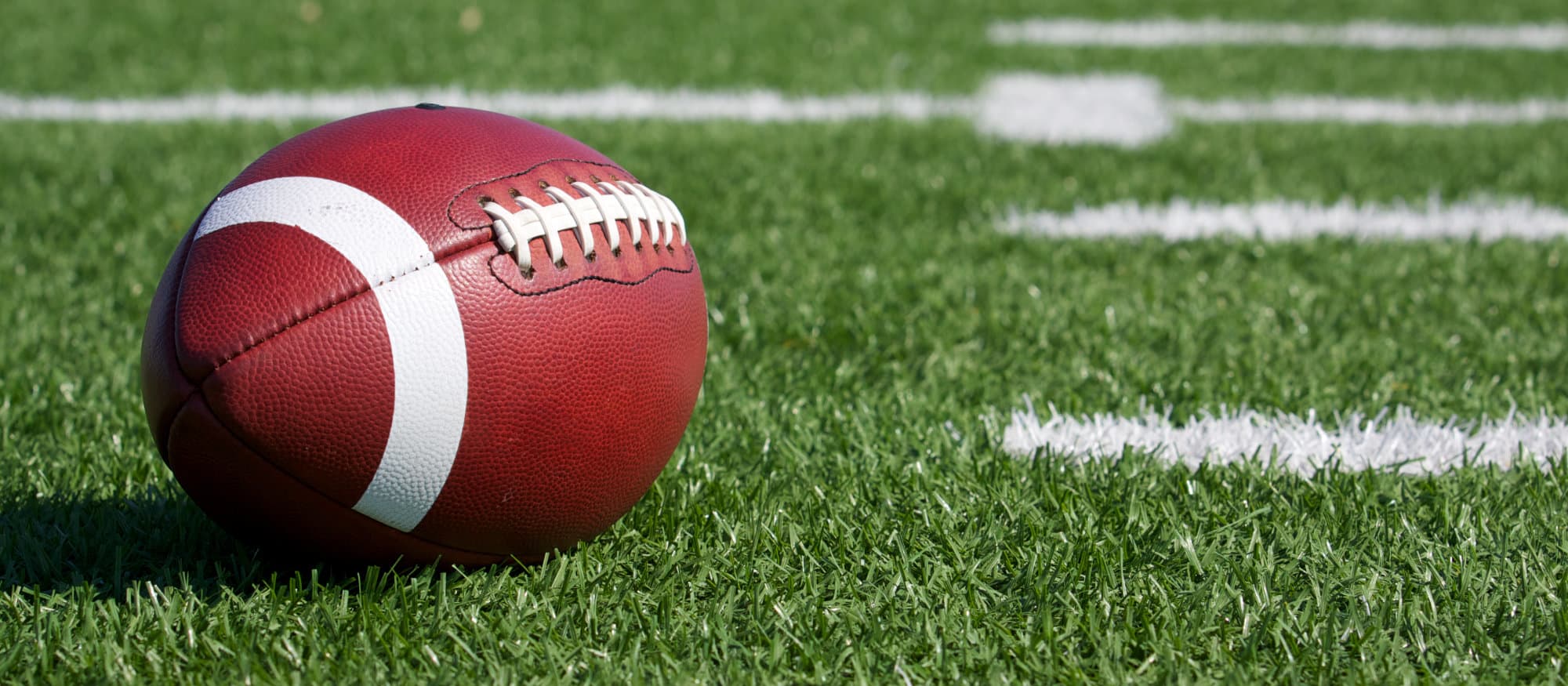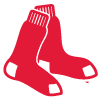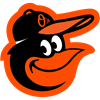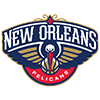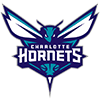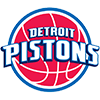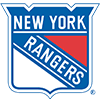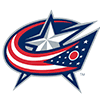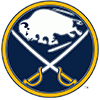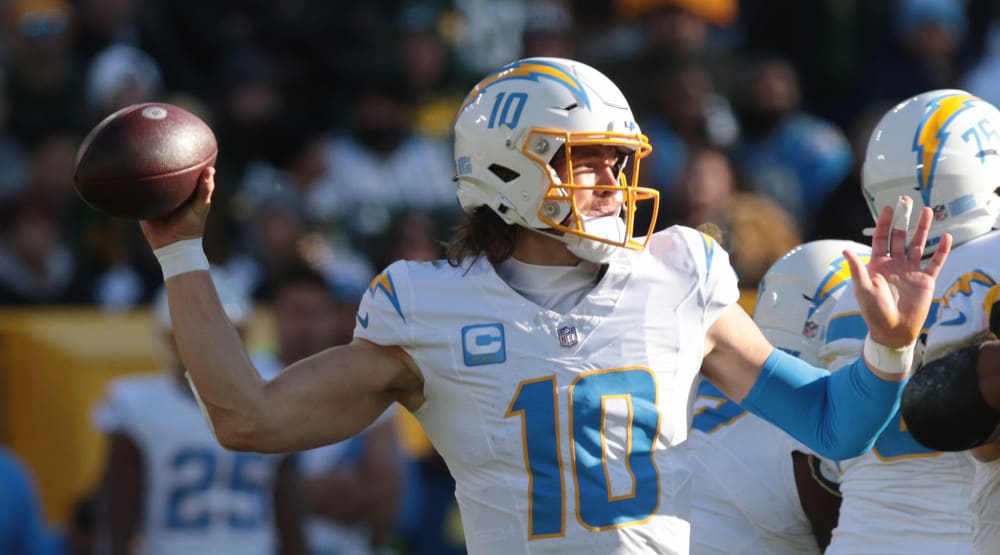Drafts can take a couple of weeks since each pick has an eight-hour time limit over 20 rounds (slow draft), which allows maniacal draft strategy tinkerers, like yours truly, to take part in several MFL10s simultaneously. The main lure behind MFL10s is the set-it-and-forget-it Best Ball style – no transactions are required during the season, which is ideal for those whose bandwidth with annually recurring draft and auction leagues are at full capacity. Best Ball simply refers to points accumulated based on your optimal weekly lineup, as it takes the top point total for each starting position (QB, RB, RB, WR, WR, WR, FLEX, TE, DEF) to tabulate your total points for the week. The highest aggregate point total for the season (through 16 weeks) wins the league.
The biggest benefit to MFL10s is draft preparation – quintessential to preparing for home leagues and national contests like the
Drafts can take a couple of weeks since each pick has an eight-hour time limit over 20 rounds (slow draft), which allows maniacal draft strategy tinkerers, like yours truly, to take part in several MFL10s simultaneously. The main lure behind MFL10s is the set-it-and-forget-it Best Ball style – no transactions are required during the season, which is ideal for those whose bandwidth with annually recurring draft and auction leagues are at full capacity. Best Ball simply refers to points accumulated based on your optimal weekly lineup, as it takes the top point total for each starting position (QB, RB, RB, WR, WR, WR, FLEX, TE, DEF) to tabulate your total points for the week. The highest aggregate point total for the season (through 16 weeks) wins the league.
The biggest benefit to MFL10s is draft preparation – quintessential to preparing for home leagues and national contests like the NFFC. Drafting MFL10s aides in getting a feel for positional tier drop-offs and helps identify later round picks who may breakout. Deciding between Jordan Matthews, Sammy Watkins and Kelvin Benjamin in the late third round of your August draft becomes an easy decision because of the time spent researching stats, team context, opportunity and team schedules.
Moreover, they are a more realistic alternative to mock drafts. No reason to jump into free mock drafts with 'that guy' who takes Tim Tebow first overall. Ten bucks is truly a small price to pay for the in-draft experience and the research that it inspires. Last but not least, and quite possibly by popular demand, the kicker position has been removed for the 2015 season. There may be a small group of folks (myself included) who believe drafting kickers is a skill, but the majority of those who play are happy that they do not have to decide between Chandler Catanzaro and Patrick Murray in the 19th round.
Early Round Strategy
Undoubtedly, late round breakouts help catapult teams to the top of the standings. Last season, difference-makers Odell Beckham Jr. and Justin Forsett were either drafted late or undrafted completely. But the late-round studs are just one factor, and being the one in your league to strike gold every year is rare. Building with a solid, reliable base in the first few rounds increases odds for success if we are lucky enough to couple them with some of next year's breakouts.
The tried and true methodology of starting RB-RB has shifted over the last few years. Gone are the days of LaDainian Tomlinson, Shaun Alexander and Priest Holmes. Because running backs are more often trapped in committees and have a higher propensity for injury than wide receivers, the first round of drafts is no longer running back-dominated. Steady wideout first rounders like Antonio Brown, Dez Bryant and Demaryius Thomas are safer and usually a good base for your teams given their high volume of targets, receptions and lower level of volatility in comparison to running backs.
But following the herd and adapting the zeroRB theory we have read so much about has become commonplace. Sharp drafters zig when others zag. Given that there are only a handful of running backs who play all four downs, it is imperative to grab one of them early if the opportunity with your first round pick arises.
Below is a current MFL ADP (first 3 rounds) – data taken from the first 1,000 MFL10s of 2015:
| Pick | Player | Avg. Pick | Min. Pick | Max. Pick |
| 1.01 | Le'Veon Bell | 1.95 | 1 | 7 |
| 1.02 | Jamaal Charles | 3.78 | 1 | 11 |
| 1.03 | Eddie Lacy | 4.20 | 1 | 14 |
| 1.04 | Rob Gronkowski | 4.97 | 1 | 14 |
| 1.05 | Antonio Brown | 5.26 | 1 | 13 |
| 1.06 | Odell Beckham | 6.48 | 1 | 21 |
| 1.07 | Dez Bryant | 8.20 | 1 | 19 |
| 1.08 | Matt Forte | 9.78 | 1 | 23 |
| 1.09 | Julio Jones | 9.90 | 1 | 20 |
| 1.10 | Adrian Peterson | 9.94 | 1 | 29 |
| 1.11 | Marshawn Lynch | 11.54 | 1 | 28 |
| 1.12 | Demaryius Thomas | 12.21 | 1 | 23 |
| 2.01 | DeMarco Murray | 12.23 | 1 | 29 |
| 2.02 | LeSean McCoy | 12.94 | 1 | 30 |
| 2.03 | Calvin Johnson | 15.58 | 2 | 25 |
| 2.04 | C.J. Anderson | 17.51 | 2 | 31 |
| 2.05 | Arian Foster | 17.72 | 4 | 32 |
| 2.06 | Jordy Nelson | 17.75 | 4 | 31 |
| 2.07 | A.J. Green | 18.34 | 5 | 28 |
| 2.08 | Jeremy Hill | 18.42 | 1 | 31 |
| 2.09 | Andrew Luck | 22.12 | 1 | 49 |
| 2.10 | Mike Evans | 22.77 | 6 | 34 |
| 2.11 | Alshon Jeffery | 23.02 | 6 | 34 |
| 2.12 | Randall Cobb | 23.52 | 13 | 37 |
| 3.01 | Jimmy Graham | 26.54 | 3 | 42 |
| 3.02 | T.Y. Hilton | 28.15 | 14 | 47 |
| 3.03 | Aaron Rodgers | 29.50 | 1 | 50 |
| 3.04 | DeAndre Hopkins | 29.62 | 7 | 46 |
| 3.05 | Lamar Miller | 30.01 | 16 | 54 |
| 3.06 | Carlos Hyde | 31.47 | 8 | 56 |
| 3.07 | Emmanuel Sanders | 32.85 | 13 | 49 |
| 3.08 | Mark Ingram | 33.91 | 15 | 61 |
| 3.09 | Justin Forsett | 34.04 | 13 | 64 |
| 3.10 | Melvin Gordon | 35.56 | 5 | 75 |
| 3.11 | Kelvin Benjamin | 36.66 | 17 | 53 |
| 3.12 | Brandin Cooks | 36.84 | 16 | 65 |
In MFL10s, your draft slot is automatically generated. Drafting from the front (1-4), middle (5-8) and end (9-12) of the first round will each dictate a different strategy, especially if you already have favorite players in mind.
After completing my first three drafts (slot 1, slot 2, slot 8), I strongly preferred the team I drafted from the eighth spot by a wide margin because I do not have a strong preference of order for the top five-to-six overall picks and because there is a big tier drop off, reliability-wise, in the middle of the second round.
Surely you cannot complain about taking PPR monster Antonio Brown second overall, but it comes at the expense of a solid RB1 since your second pick is at the end of the second round. At that point, you are looking at less-proven RB1 options like Carlos Hyde, Lamar Miller, Mark Ingram and rookie Melvin Gordon. Starting the draft with Adrian Peterson, Eddie Lacy or Le'Veon Bell keeps your options open at the 2nd/3rd round turn – perhaps a pair of heavily-targeted receivers (Alshon Jeffery, Mike Evans, Randall Cobb) or the suddenly undervalued Jimmy Graham. Or grab the top WR on the board and pair with a RB who may have fallen, like Arian Foster or Jeremy Hill.
Practicing from different places in the draft will help identify your ideal draft slot for late-summer drafts if you have a KDS option (Kentucky Derby Style) and can assist in determining an ideal start with your first three picks. If you are content with Dez Bryant or Julio Jones at eighth overall and do not consider them a drop-off from Lacy, Brown, Jamaal Charles and Adrian Peterson, then you are setting your ideal base knowing that you will have a better one-two punch with that earlier second-round selection.
Optimal Roster Construction
The ideal positional draft structure for your team is as follows (out of 20 picks):
2-3 QB, 5-6 RB, 6-7 WR, 2-3 TE, 2-3 DST
As you would in standard leagues, load up on running backs and receivers early and often. Focus on the running backs who are likely to get the majority of carries among the early picks. Combine them with mid-round wide receivers who may not be studs yet, but are focal points in their respective offenses who will likely see their share of targets throughout the year. The talent and effectiveness of their respective quarterbacks should play a role in our decision-making, and can be a deciding factor between choices.
If you feel strongly that the zeroRB strategy will have the same success it did last year, you have to fully commit. Target four wide receivers and one running back with your first five picks to amass and maximize as many reception points as possible. Follow up with a handful of speculative running backs that can act as your possible RB2 or Flex options on their optimal weeks. We do not have to choose among those speculative running backs every week in Best Ball since you automatically get the optimal point totals from the most effective ones. Don't forget to mix in a quarterback, a tight end, some salt and stir.
Quarterbacks and Tight Ends
The top quarterbacks are more valuable in standard leagues where having Andrew Luck or Aaron Rodgers provides you with an advantage because they will theoretically accumulate more points than those platooning lesser quarterbacks and leaving points on the bench. However, in Best Ball, a combination of Eli Manning and Ryan Tannehill can easily outscore Luck or Rodgers as individuals over the course of the season since we do not have to pick correctly between Manning and Tannehill each week. Additionally, there is a huge opportunity cost of passing on a stronger option at running back or wide receiver for a top quarterback. The same goes for tight end where a combination of a mid-round Martellus Bennett with a late-round Coby Fleener gives you a higher chance at an optimal score for two starting lineup slots (TE, Flex) over a combo of first round Rob Gronkowski and late round Garrett Graham. Especially when you are passing on a running back or wide receiver in those first few rounds, for which an optimal score can be accounted for within six starting lineup slots (RB, RB, WR, WR, WR, Flex).
Defenses
Defenses are worth waiting for in the Best Ball format primarily because they are difficult to predict correctly. The top-rated defense entering fantasy drafts last season (Seattle Seahawks) finished the 2014 season ranked fifth behind afterthought options like the Philadelphia Eagles and Green Bay Packers. The top-rated defense going into 2013 (Chicago Bears) finished that season in the bottom third of all teams in defensive points. Taking the first stab at a defense is usually an exercise in futility, and it comes at the expense of better speculations at running back and wide receiver. This season, look for team defenses like Baltimore, Cleveland, Minnesota or Indianapolis in Rounds 16-to-17. Pair them with Round 19-to-20 options like Dallas, Cincinnati or San Diego looking for the best pair to maximize weeks where your DEF1 appears to have a tough matchup. Grabbing three defenses in this format is not a bad idea if you feel comfortable in the depth of your receivers and running backs.
MFL10s are a great, cheap way to make a few extra bucks. But the potential profit is secondary to the fun of researching and drafting players several months before action kicks off. Getting comfortable with the player pool and tier drop-offs using a legitimate draft preparation tool like MFL10s is the ideal way to get a leg up on your friends and league mates.


